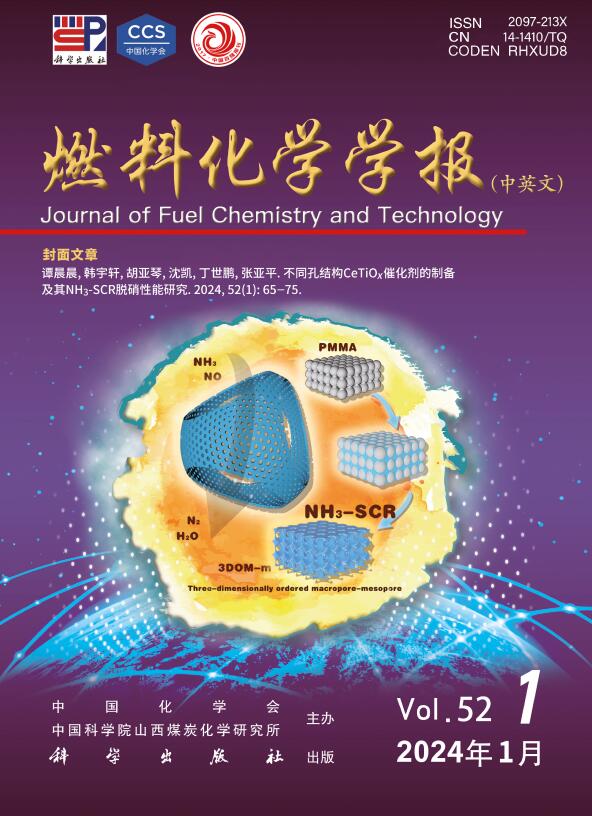通过实验和密度泛函理论分析了阿维菌素的热解机理
Q3 Energy
引用次数: 0
摘要
本文通过实验和密度泛函理论计算(DFT)分析了阿维菌素(AVM)的热降解机理。AVMD热解实验结果表明,在250℃以上,AVM残渣的去除率最高达到99.88%。AVM热解的主要产物是醇类。基于C-O键断裂,提出了四种潜在的降解途径。计算结果与实验结果一致。这些结果为抗菌药物安全处置技术的发展提供了理论和实证指导。本文章由计算机程序翻译,如有差异,请以英文原文为准。
Analyzing the pyrolysis mechanism of avermectin via experiments and density functional theory
In this study, the thermal degradation mechanism of avermectin (AVM) was analyzed via experiments and density functional theory calculations (DFT). The experimental results of AVMD pyrolysis indicated that the removal rate of AVM residues reached peak value of 99.88% above 250 °C. The main product of AVM pyrolysis was alcohols. Based on the C–O bonds breaking, four potential degradation pathways were proposed. The findings of the calculations were in agreement with those of the experiments. These results provide theoretical and empirical guidance for the development of safe antibiotic disposal technology.
求助全文
通过发布文献求助,成功后即可免费获取论文全文。
去求助
来源期刊

燃料化学学报
Chemical Engineering-Chemical Engineering (all)
CiteScore
2.80
自引率
0.00%
发文量
5825
期刊介绍:
Journal of Fuel Chemistry and Technology (Ranliao Huaxue Xuebao) is a Chinese Academy of Sciences(CAS) journal started in 1956, sponsored by the Chinese Chemical Society and the Institute of Coal Chemistry, Chinese Academy of Sciences(CAS). The journal is published bimonthly by Science Press in China and widely distributed in about 20 countries. Journal of Fuel Chemistry and Technology publishes reports of both basic and applied research in the chemistry and chemical engineering of many energy sources, including that involved in the nature, processing and utilization of coal, petroleum, oil shale, natural gas, biomass and synfuels, as well as related subjects of increasing interest such as C1 chemistry, pollutions control and new catalytic materials. Types of publications include original research articles, short communications, research notes and reviews. Both domestic and international contributors are welcome. Manuscripts written in Chinese or English will be accepted. Additional English titles, abstracts and key words should be included in Chinese manuscripts. All manuscripts are subject to critical review by the editorial committee, which is composed of about 10 foreign and 50 Chinese experts in fuel science. Journal of Fuel Chemistry and Technology has been a source of primary research work in fuel chemistry as a Chinese core scientific periodical.
 求助内容:
求助内容: 应助结果提醒方式:
应助结果提醒方式:


